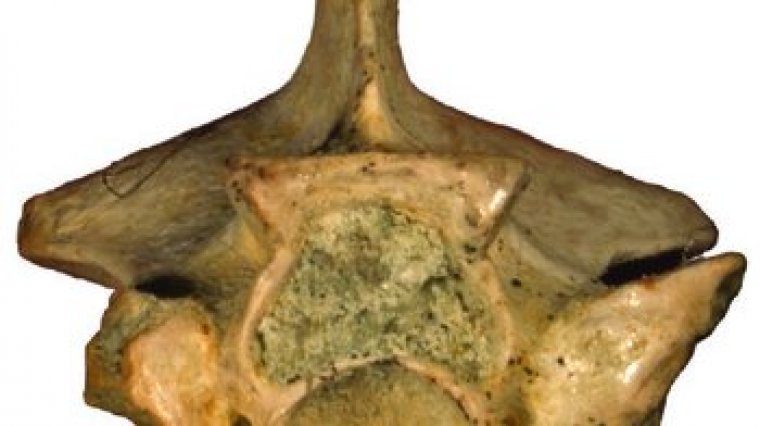| News / Science News |
Researchers find oldest fossil evidence of modern African venomous snakes
NSF | JULY 26, 2014
Researchers at Ohio University have found the oldest definitive fossil evidence of modern, venomous snakes in Africa. The newly discovered fossil was unearthed in the Rukwa Rift Basin of Tanzania.

Oldest fossil evidence of modern African venomous snakes. Credit: NSF
These findings demonstrate that elapid snakes, such as cobras, kraits and sea snakes--were present in Africa as early as 25 million years ago.
Elapids belong to a larger group of snakes known as colubrids--active foragers that use a variety of methods, including venom to capture and kill prey.
The team was surprised to discover higher-than-expected concentrations of colubroid snakes, suggesting the local environment was more open and seasonally dry, thus more hospitable to these types of active hunting snakes that don't require cover to ambush prey like boas and pythons do.
They say it also points to a fundamental shift toward more rapid venom delivery mechanisms to exert very different pressures on the local fauna.
YOU MAY ALSO LIKE




